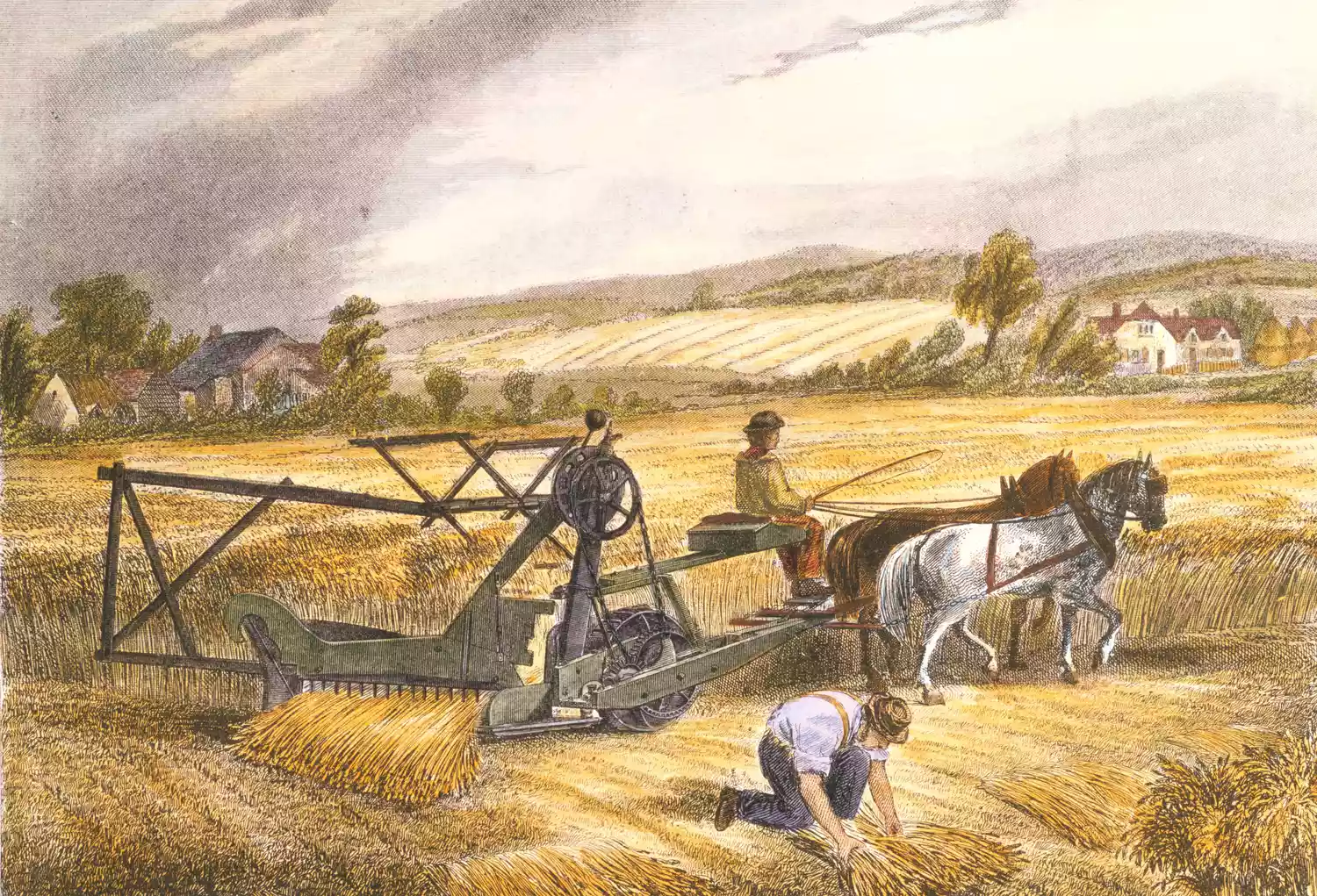silage combine harvester
The Emergence of Silage Combine Harvesters
In the modern agricultural landscape, efficiency and productivity are paramount for farmers who aim to maximize their yield while minimizing labor costs. One of the significant advancements in this regard is the development of the silage combine harvester, a machine specifically designed for the harvesting of forage crops. This piece of equipment has revolutionized the way farmers approach silage production, offering several advantages over traditional harvesting methods.
Silage is fermented, high-moisture fodder made from green foliage crops, which is typically used to feed livestock during the winter months. The process of making silage involves cutting the crop, chaffing it, and packing it tightly to promote anaerobic fermentation. Historically, this process relied on manual labor or simple machinery, which was not only time-consuming but also labor-intensive. However, with the introduction of silage combine harvesters, farmers can now streamline this process significantly.
A silage combine harvester operates much like a conventional combine harvester used for cereal crops, with some unique adaptations. The machine features specialized cutting heads that are designed to chop the crop into smaller pieces, making it easier to pack and ferment. Moreover, these harvesters come equipped with powerful engines and advanced technology, which allows them to cut, chop, and load the silage all in one straightforward operation. This capability dramatically reduces the time spent in the field, enabling farmers to complete the harvesting process quickly and efficiently.
One of the most noteworthy advantages of silage combine harvesters is their ability to operate under various weather conditions. Harvesting silage must often occur at the optimal moisture level, which typically necessitates getting into the fields promptly after specific weather events. The agility and efficiency of silage combine harvesters ensure that farmers can capitalize on these fleeting windows of opportunity, reducing waste and maximizing the quality of their silage.
silage combine harvester

Furthermore, the precision of modern silage combine harvesters significantly enhances the quality of the silage produced. These machines are equipped with advanced sensors and systems that monitor the moisture content and ensure that the crop is cut at the ideal height. By doing so, farmers can guarantee that they harvest the right materials from their fields, improving both the nutritional value of the silage and its fermentation quality. As a result, livestock receive better feed, leading to improved health and productivity.
Additionally, the labor-saving aspect of silage combine harvesters cannot be overlooked. With the decrease in the number of young people entering farming, labor shortages have become a pressing issue in many regions. Silage combine harvesters allow for one operator to manage the entire process of harvesting, thus alleviating the burden of manual labor. This efficiency allows farmers to focus their efforts elsewhere, whether it be on other farming activities or expanding their operations.
Yet, it is essential to consider the economic aspects of investing in a silage combine harvester. For many farmers, especially those operating on a smaller scale, the initial capital expenditure can be significant. However, the long-term benefits often outweigh these costs. Improved efficiency, reduced labor requirements, and higher-quality forage can lead to increased profitability, making the investment worthwhile over time.
Looking forward, the future of silage combine harvesters seems promising. With technological advancements continually enhancing the capabilities of agricultural machinery, we can expect even more sophisticated features that improve efficiency, usability, and effectiveness. Innovations such as GPS-guided systems, automated settings, and data analytics tools are paving the way for a new era in silage production and management.
In conclusion, silage combine harvesters represent a significant leap forward in the agricultural sector, addressing the challenges farmers face in the harvesting of forage crops. By combining cutting-edge technology with agricultural ingenuity, these machines not only boost productivity but also enhance the overall quality of silage. As we venture further into an age of precision farming, the importance of such innovations will only continue to grow, shaping the future of livestock feed production and sustainable agriculture.
Latest news
-
When to Upgrade Your Old Forage HarvesterNewsJun.05,2025
-
One Forage Harvester for All Your NeedsNewsJun.05,2025
-
Mastering the Grass Reaper MachineNewsJun.05,2025
-
How Small Farms Make Full Use of Wheat ReaperNewsJun.05,2025
-
Harvesting Wheat the Easy Way: Use a Mini Tractor ReaperNewsJun.05,2025
-
Growing Demand for the Mini Tractor Reaper in AsiaNewsJun.05,2025
